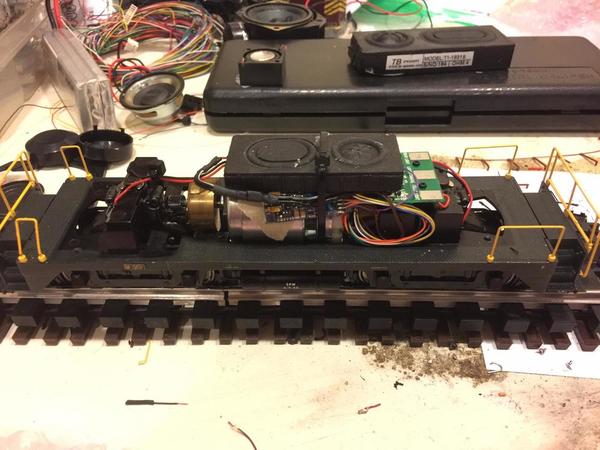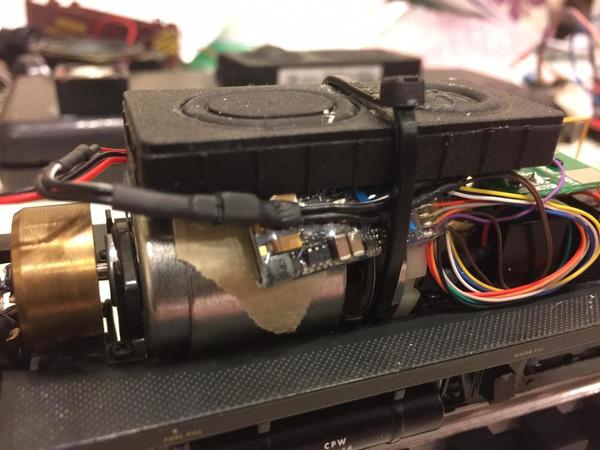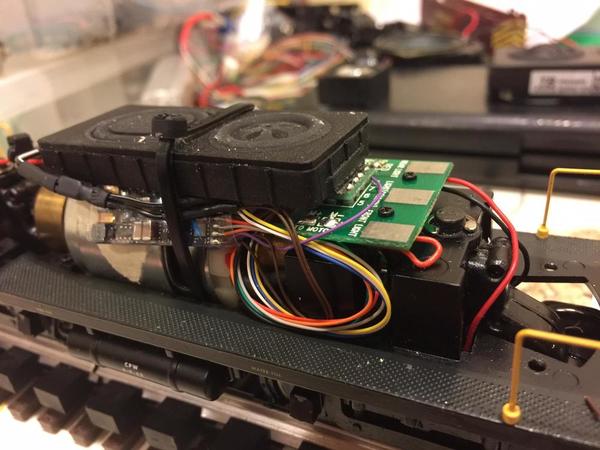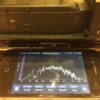Hi guys,
Carl and I are good friends and have lots of experience installing TMCC so let me help clarify this.........the Mini Commanders use the soft set technology and do not require a program/run switch for programming but all of the other ERR products do. The mini commanders are no longer available and were the only boards that Carl and I have found that fit the S-Helper Switchers. There was not enough room in the switchers for any of the sound cards hence only TMCC without sound was and still is the choice of installation. I am in the process of finishing one now and you have to make a heat sink/mount to make it fit and trim down the area were the old board screwed to the shell. With that being said there are a couple of options that I have done in the past..........use a dummy A or power a freight car hooked up to the engine and install a sound system with the dummy mini so you will have control of the sound when running the engine. The other option is to run a tether to the other car for sound operation.
The Mini Commander was the only unit that should have a heat sink to dissipate the heat from the triacs and extend their life. Also with the mini it was advisable to add a resistor and a cap for better slow speed control but with the newer electronics that is no longer required. And the mini commander required hooking up two diodes for directional control of the motor and again that is no longer required on the newer electronics.
The Mini II's do not use the same components and hence do not need the heat sink but do require the run/program switch as they cannot be programmed using Soft Set Technology.
All the TMCC boards that ERR manufacture will work with any of the DC can motors without any additional external components including resistors for LED operation. They also will work with the old Sound Commanders as well as their RS/4 systems.
Some installations are harder than others and do require milling. Most of the AM diesels require milling the motor mount and move the motor so as to have the room for both the TMCC board and the sound boards. For the steam engines all the electronics fit in the tenders and will only require a rectangle hole for the program/run switch.
Hope this helps.
Ed Goldin
www.goldinhands.com
847-727-0857













